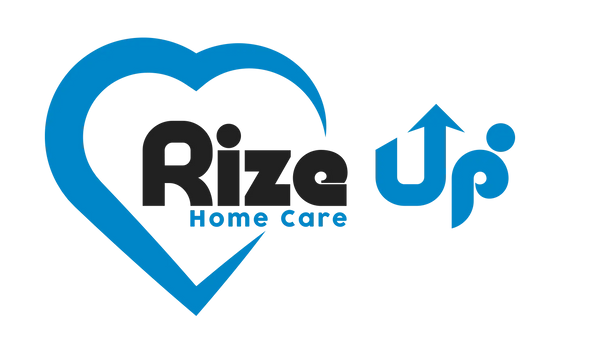Whether you’re a home care worker, nurse, or taking care of an aging family member, you’re probably worried about how to respond when a patient or loved one falls down. Do you think you can lift them safely back up to their feet?
Even if you think you can lift 50 or 60 pounds on your own, lifting another person is very different than lifting an inanimate object. The National Institute on Occupational Safety and Hazards states that one person should not lift more than 35 pounds when moving another person on their own.
But, a person weighs far more than 35 pounds. How are you supposed to lift someone after a fall?
How To Lift Someone Up From the Floor
The best way to lift someone after a fall isn’t by yourself. It involves tools that encourage proper lifting techniques to keep you safe and the person you’re lifting. These tools include transfer boards, sling lifts, lift beds, and lift chairs.
One example is the Raizer M Lifting Chair, a portable patient lifting device that uses mechanics to gently and safely lift someone after a fall. The chair can be assembled underneath the fallen person. Then, the helper uses a hand crank to lift them back into a nearly standing position. The Raizer M only weighs 27 pounds, and it disassembles into multiple pieces, so you barely have to exert yourself while helping someone back up.
Here’s a demo video to explain more about how the Raizer M Lifting Chair works:
Dangers of Lifting Someone Up From a Fall
Without a portable patient lift like the Raizer M, the helper would either be left to their own devices or would have to call for additional help. Now, sometimes, additional help or medical attention is needed, and that’s not the ideal scenario for the Raizer M. However, improper lifting and lying on the floor are both dangerous.
First, improper lifting is not only dangerous for the fallen person but for the helper too. According to the Bureau of Labor Statistics, the incident rate for overexertion and bodily reaction was 5x higher for nurses than most other injuries. Furthermore, of every 10,000 home healthcare workers, 20.5 will be injured while helping lift a patient.
But, that’s not all. What happens when someone falls while they’re home alone or whoever is there with them cannot lift them back up? Many patients lie on the floor for hours, which can make their injuries far worse. Lying on the floor for a long time after a fall is linked to serious injuries, admission to hospital, and subsequent moves into long-term care.
Help is Here
At the end of the day, if you’re taking care of an aging patient or loved one, you need all the help you can get. The best-case scenario is that you have tools on hand that are proven to safely help lift someone after a fall, like the Raizer M Lifting Chair.
Don’t take a chance on your loved one’s or your safety. To learn more about how our portable patient lifting devices can help you be more prepared for falls, click the button below.
Disclaimers: Please note that although Rize Up Care has consulted multiple legal sources to verify the information in this article, we are not lawyers. Always consult with a legal professional before filing a claim.
Always assess the situation before making medical decisions to help another person. A lifting device should only be used in certain situations which can be assessed and determined that it is safe to use. If you are uncertain, please seek a medical professional for help. Always use your best judgement. The Raizer Lifting Chairs make the lifting process faster, easier and ensure proper lifting technique. That does not mean that they are suitable for every situation.


